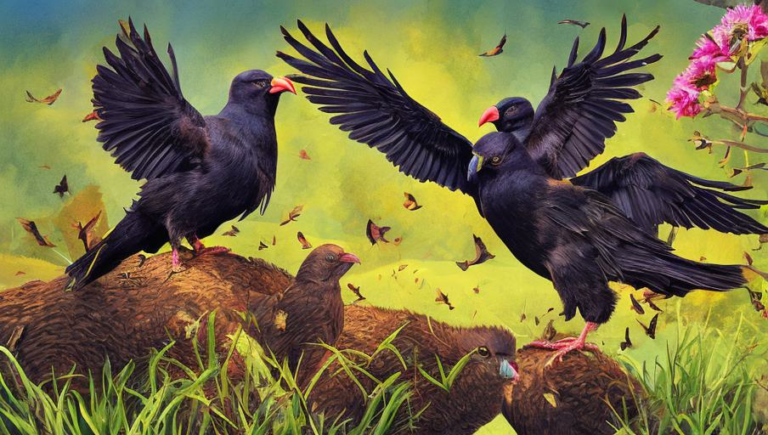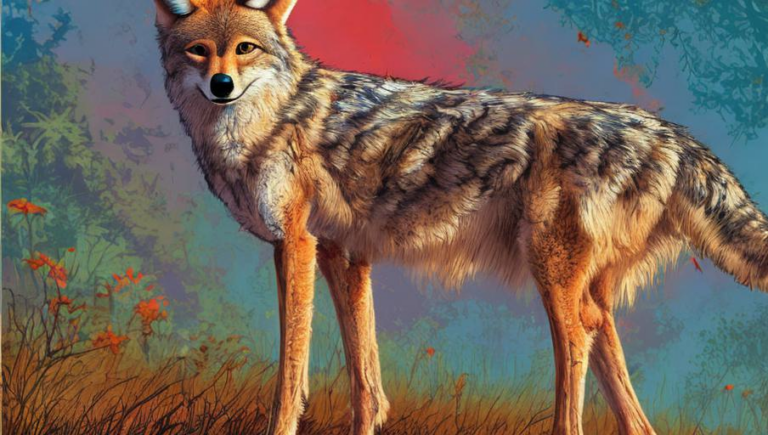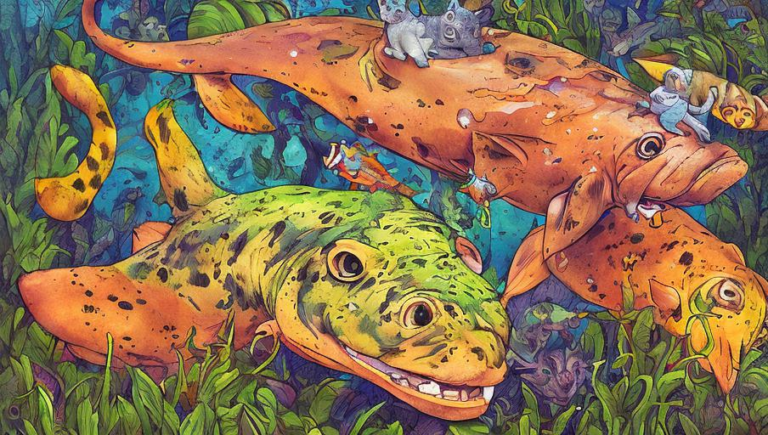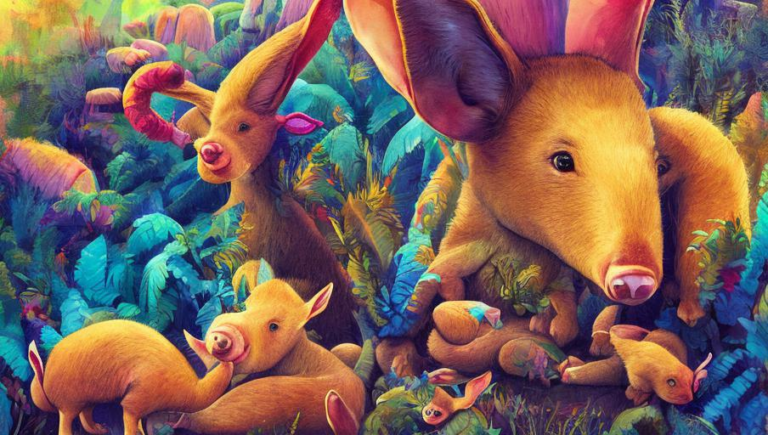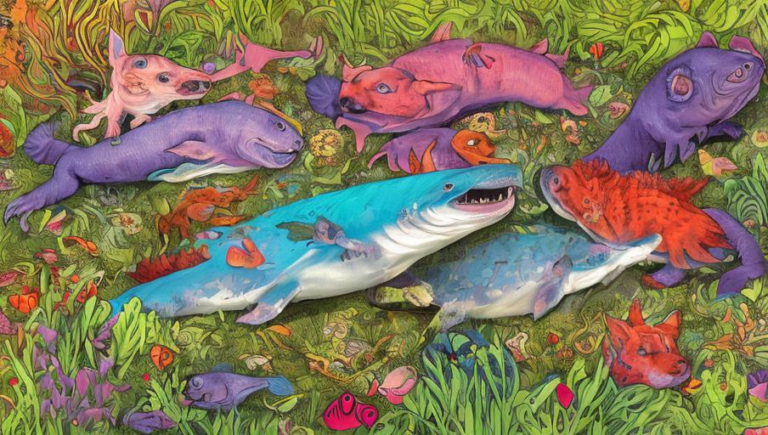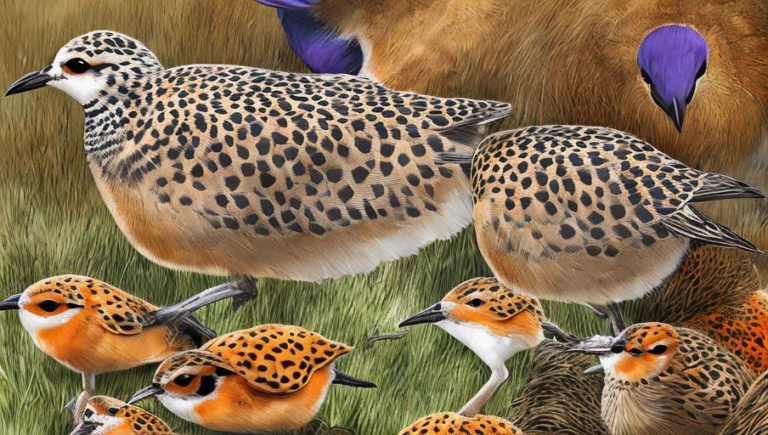All About Alligators: Understanding These Ancient Reptiles
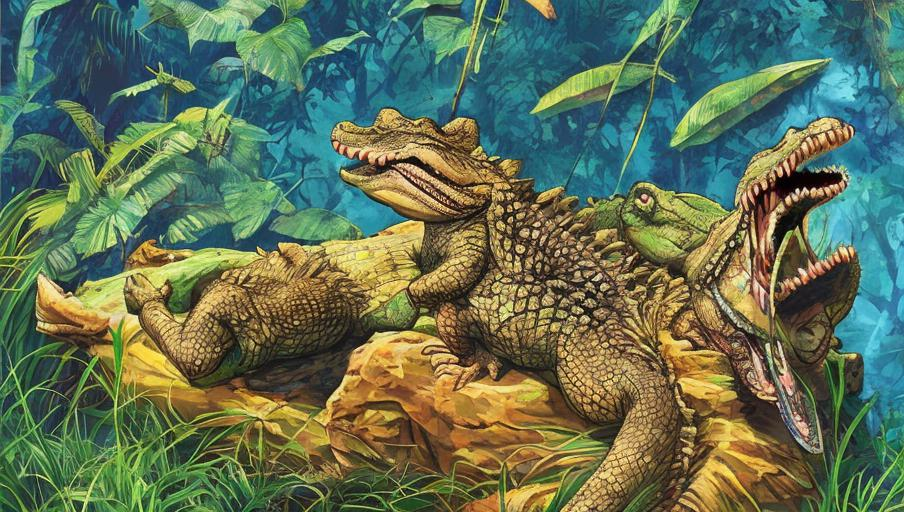
Introduction
Alligators have been part of the natural world since the age of dinosaurs. These large creatures are found in swamps and marshes throughout the southeastern United States. Alligators are cold-blooded reptiles, meaning they rely on their environment to regulate their body temperature. They are both predators and scavengers, as they hunt and consume prey as well as eating carrion. Alligators are an important part of the ecosystem, helping to control the populations of other animals and keeping the environment in balance.
Appearance & Behavior
Alligators have a long, slender body with powerful jaws and short legs. They can reach lengths of up to 15 feet and can weigh up to 1,000 pounds. Alligators are generally gray or black in color and have a tough, scaly hide. They have a long, powerful tail that they use to propel themselves through the water. Alligators are solitary animals, living and hunting alone, though they may congregate in groups to bask in the sun or during mating season.
Food & Diet
Alligators are primarily carnivorous, feeding on fish, frogs, birds, small mammals, and even other reptiles. They also may scavenge for carrion when available. Alligators will also consume fruit and vegetation when in season. Young alligators will eat insects and other invertebrates, but as they grow larger they will feed on larger prey.
Habitat & Range
Alligators are found in freshwater marshes and swamps in the southeastern United States. They are found as far north as North Carolina and as far west as east Texas. Alligators prefer slow-moving, shallow waters, as they need to be able to reach the surface easily to breathe. Alligators will dig burrows to keep warm and will hibernate during colder months.
Reproduction & Development
During the spring and summer months, alligators will mate. Females will construct a mound of soil and vegetation to lay their eggs. The female will stay with the eggs until they hatch, protecting them from predators. The eggs will hatch after about 65 days. The female will also stay with the young for a few weeks, protecting them from predators. The young alligators will reach maturity after about 8-10 years.
Threats & Conservation
Alligators are listed as a species of least concern by the International Union for Conservation of Nature. However, alligators are threatened by human activities, such as habitat destruction and pollution. Additionally, alligators can be harmed by hunting and illegal trade of their parts. Conservation efforts are ongoing to protect alligators and their habitats.
Conclusion
Alligators are ancient, powerful creatures that play an important role in their ecosystems. They are threatened by human activities, and must be protected in order to ensure they remain part of the natural world. By learning more about alligators, we can better understand and appreciate them, and work to ensure their future in the wild.
